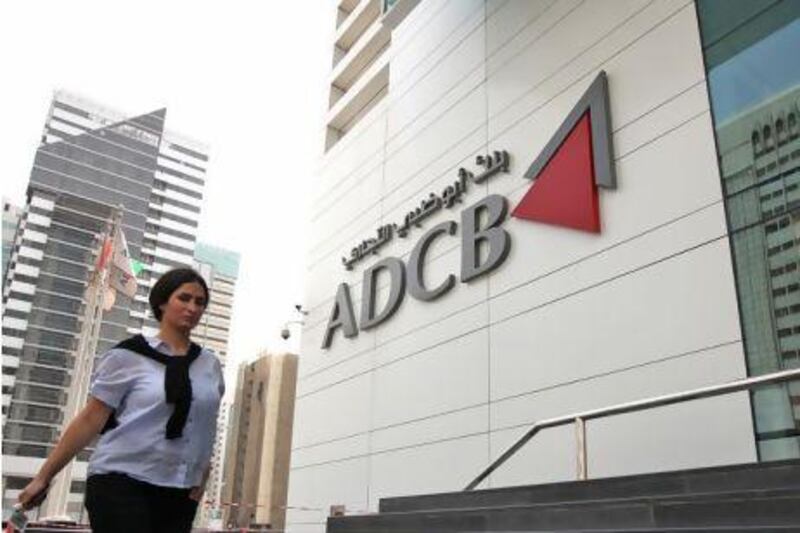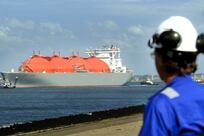Capital flooded into the Emirates and banks raised their lending in the UAE in the final quarter of 2012 after a year of deleveraging pushed debt worries to the back of investors' minds.
Global banks reported US$6 billion worth of new lending in the UAE economy last year, the biggest increase in net lending since just before the onset of the global financial crisis in the third quarter of 2008, according to data from the Bank for International Settlements.
After September 2008, the near-collapse of the financial system and the UAE's own debt troubles constrained lending by international banks to the Emirates.
"Foreign banks retrenched. Loans levelled off and difficulties in the European banking system meant that European banks started retrenching," said Giyas Gokkent, the chief economist at National Bank of Abu Dhabi. "As a result there was stagnation in foreign lending to UAE entities."
That trend reversed in the fourth quarter last year, according to the data from the BIS, the umbrella organisation for central banks.
Loans to UAE borrowers increased by $6bn to total $99.3bn at the end of December, the largest amount of international lending to the UAE economy since September 2008.
Deposits by UAE companies and residents at international banks rose by $14.2bn during the year to hit $87.1bn.
European banks accounted for two thirds of the increase in foreign claims in the final quarter of the year, as the euro-zone debt crisis stabilised.
As tourists throng the malls and hotels of Dubai and global trade recovers, economic growth and debt management plans are now reassuring investors that Dubai's deleveraging is on track, analysts from Bank of America Merrill Lynch wrote in a research report.
"Following explosive dynamics in the aftermath of the real estate bust, the growth recovery and fiscal consolidation plans are easing debt dynamics at the Dubai Government sovereign level," the report said.
In the meantime a flood of international liquidity has compressed yields on the sovereign debts of Abu Dhabi and Dubai to record lows, and taken UAE companies' borrowing costs with them.
The Dubai Government sold $1.25bn worth of bonds in January, with a 10-year sukuk raised at a lower interest rate than the Italian government pays to borrow for an equivalent period.
Stock markets have soared since then, with the Dubai Financial Market General Index up 49.7 per cent year-to-date - the best performing index worldwide - and the Abu Dhabi Securities Exchange General Index gaining 36.4 per cent during the corresponding period.
Banks are now able to fund themselves from markets more cheaply than with the crisis-era liquidity facilities provided by the Government to shore up the financial sector in 2008.
Abu Dhabi Commercial Bank said yesterday that it had repaid Dh2.6bn in emergency funding provided by the Ministry of Finance as part of a sector-wide rescue package worth Dh70bn. The repayment is the second and final part of a Dh6.6bn funding package.
The capital's third-biggest bank is the last of its lenders to repay its Tier 2 loans. Abu Dhabi's big banks retain Dh16bn worth of Tier 1 capital on their balance sheets, which the emirate injected into its banking sector in 2009.
Emirates NBD, Dubai's biggest bank, retains Dh9.6bn of Tier 2 funding from the Government, Surya Subramanian, the bank's chief financial officer, said in April.
International lenders, meanwhile, cut back on exposure to Saudi Arabia and Qatar last year, largely during the final quarter, the BIS data showed.
Lending to Qatar fell by $9.9bn during the year to $53.2bn. Bank deposits rose by $2.3bn but fell sharply during the final quarter of the year.
Lending to Saudi Arabia fell $6.4bn to $74.3bn at the end of the year, although international banks' deposits rose by $62.6bn to $248.2bn.





